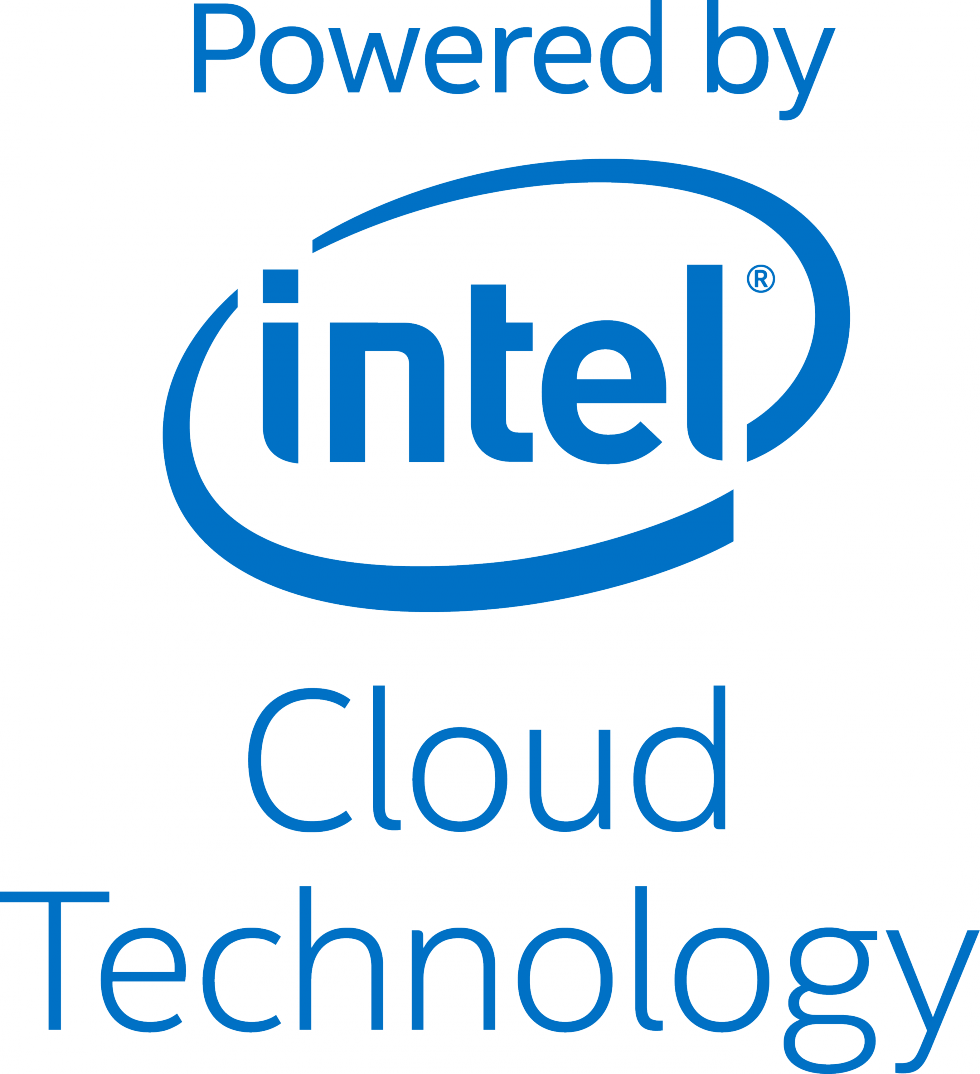The central focus of digital transformation is about managing and enhancing the customer experience – which is not only about creating an impressive interface but also about substantiating and seeding that interface with ease of use, efficiency and cost effectiveness.
Cloud computing is a key driver in this transformation, and its rise in popularity has seen providers bringing their cloud or on premise-based Software as a Service (SaaS), Platform as a Service (PaaS) and Infrastructure as a Service (IaaS) offerings to address this vital aspect of customer experience along the digital transformation journey. With so many options to choose from, organizations are no longer selecting a single provider for all their needs as they did previously; in fact, they are choosing best-of-breed solutions for each specific function and project. The result is a new ‘cloud’ made up of non-integrated and separately managed cloud solutions.
The digital endeavour to provide a better customer experience would not really be viable or sustainable under such operational complexities. Even the management of IT must deliver the required customer experience to the IT Operations teams. Therefore, the ultimate need is for a single control panel that can help IT administrators ‘jump’ from one cloud to another with ease, manage each of them efficiently, and do all of this while still saving on costs.
There are two key desired outcomes to concentrate on: efficiency and cost savings.
Driving Efficiency
It is a business fundamental that enterprises must improve their efficiency to be competitive. Today’s cloud environment is really too complicated for IT administrators and users to operate and utilize their IT infrastructure as efficiently as they need to. They have to learn to operate multiple control panels with differing levels of functionality and usability. As cloud continues to evolve in its capabilities and vendors undergo consolidation, IT administrators and users are constantly locked in a ‘learning’ mode. Which of course leaves little time for them to focus on their core business.
With this in mind, a single control panel with seamless integration between public and private clouds can offer enterprises the agility and efficiency they need. IT administrators and users can use the same familiar user interface for all cloud services, regardless of the vendors and service providers behind the platform. The efficiency return here is that users and admins gain back a significant amount of time which they can now use to focus on their core business.
A Cloud Management Platform (CMP) – a new category created by Gartner referring to a ‘single-pane-of-glass for cloud management tools’ – can bring efficiency to multi-cloud management. CMPs enable IT administrators to set resource quotas, run usage reports, monitor virtual machine (VM) statuses, move workloads from one cloud to another, and more, very efficiently.
Creating cost savings
IT departments are naturally under constant budget pressure, with an ongoing remit to ‘do more with less’. In recent years, CIOs have been tasked with accelerating the enterprise’s transition to cloud for greater efficiency and agility but at the same time, make cost savings. Having to operate multiple, fragmented cloud environments requires many highly specialized talents, which can be very costly when factoring in the constant ongoing training of IT administrators and users.
Integrating all these different cloud services under one single control panel with holistic visibility and control dramatically simplifies the day-to-day operations - which in turn directly translates into significant cost savings. This has a knock-on effect too, with IT administrators able to focus on migrating their legacy servers and apps into the cloud for further cost savings.
Embracing the multi-cloud approach
The multi-cloud environment is now a reality, and offers enterprises big benefits in terms of greater flexibility and efficiency – but comes with some complexity if you want to enjoy the desired cost benefits too. Making it simple and efficient is vital, and the right Cloud Management Platform together with a Software Defined Infrastructure will allow organizations to achieve exactly that – to automate the provision and portability of workloads from one cloud to another seamlessly and with minimal disruption, including between the Enterprise Cloud and Public Cloud.
Orange understands well the most common requirements and configurations of the multi-cloud era and offers a suite of CMP solutions to help you address the challenges of the multi-cloud environment. Our experience enables us to recommend the right CMP for you, based on criteria such as capacity, performance, choice of hypervisors and combination of physical and virtual servers that is optimal for your multi-cloud environment.
Derrick
---

To read more about Orange Business cloud computing, please visit: Embrace the cloud
To find out more about why underlying infrastructure powering your Cloud services matters, impacts your applications performance and operating costs, please watch: Intel Cloud Technology
If you would like to know more about how processor technologies can accelerate your workloads to save you time and money, please watch: Improving Cloud Performance with Intel Cloud Technology
